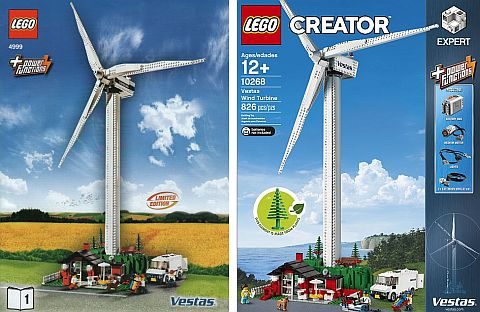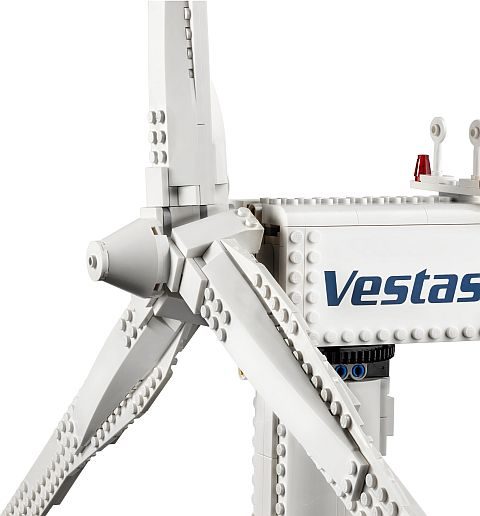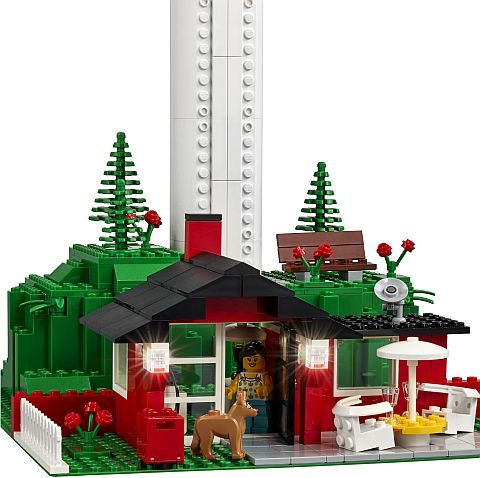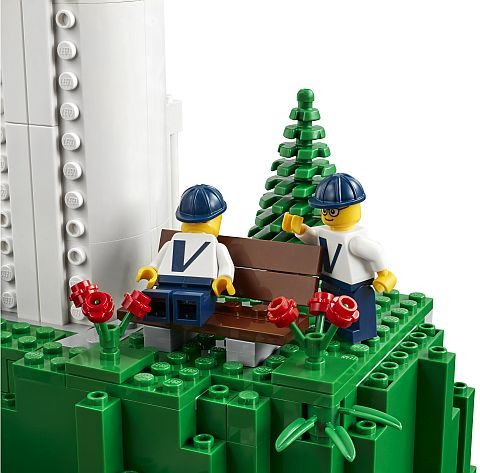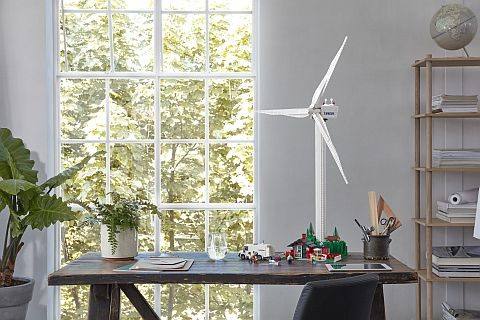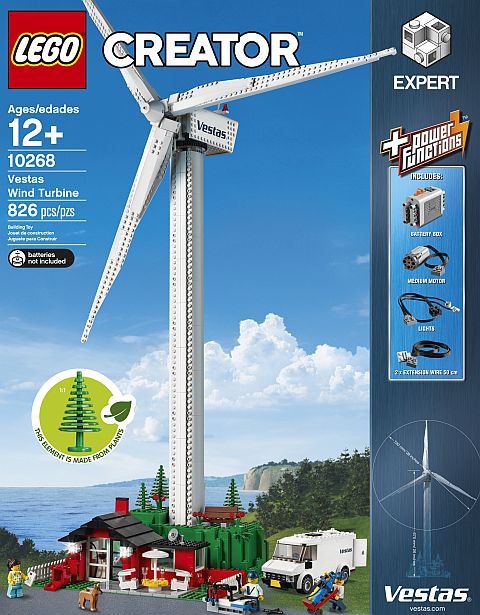LEGO made a very interesting announcement today. They are teaming up with Indiegogo to test out a new marketing strategy, as well as new product concept called LEGO FORMA. Below is the full press-release, pictures, and other details. Read though it and let’s discuss! 🙂
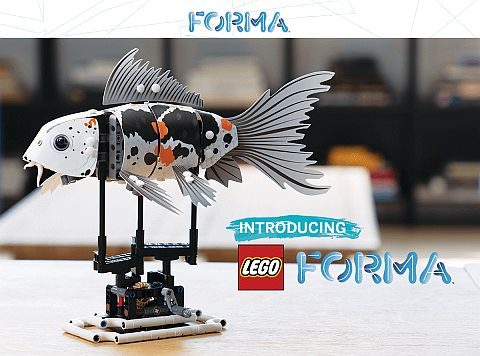

September 27, Billund – Rather than concealing its new innovations inside its Creative Play Lab, the LEGO Group today announced a new strategic approach that will help foster open innovation and test ideas and concept experiences through pilot projects, the first being LEGO FORMA on Indiegogo.
A series of pilots are being planned to run in various locations and formats over the coming year to float new ideas, crowdsource others, and receive real-time feedback from consumers to evaluate whether concepts should be developed and scaled.
Over time, this more transparent approach to product development is hoped to de-risk and accelerate innovation by validating and iterating new ideas, helping to fast-track the time that new products go to market, and not least, to pave way for unique product launches that sit outside normal procedures and reach new audiences.
Tom Donaldson, Vice President of LEGO Creative Play Lab, says: “Continuing to push our innovation approach means nurturing ideas that we don’t always know the outcome of, encouraging risk-taking, and finding new exiting ways to launch products that are a bit different compared to what you would normally see from the LEGO Group. Pilots such as LEGO FORMA with Indiegogo open up an engaged and creative community that we can take inspiration from, and vice versa.”

The first of these pilots is a collaboration with Indiegogo Enterprise, where an entirely new product, LEGO FORMA, will be tested among a 10-million-strong community of early adopters, entrepreneurs, makers and creatives on Indiegogo’s online platform.
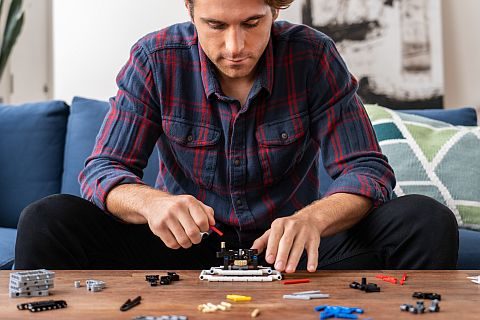
The fertile ground of Indiegogo Enterprise will be used to provide real-time insights and real-world validation of LEGO FORMA, which is a model based on the LEGO Technic building system designed for adults looking for creative activities. Inspired by nature, LEGO FORMA aspires to be a new theme where you can customize with different ‘skins’ – foil sheets – to create artistic interpretations of plants and animals.

Kari Vinther, Senior Marketing Manager and Head of Creative Play Lab Pilots says: “LEGO FORMA is more of a creative project than a toy, and more about display than play. The young adults we speak to tell us they still feel the urge to be creative and enjoy the physical experience of making stuff – but life seems to get in the way. We want to help them rediscover the joy of building that children possess and unleash their imaginations for a couple of hours. We can’t wait to hear what people think and look forward to sharing some of the decisions that will be made along the journey based on consumer input.”
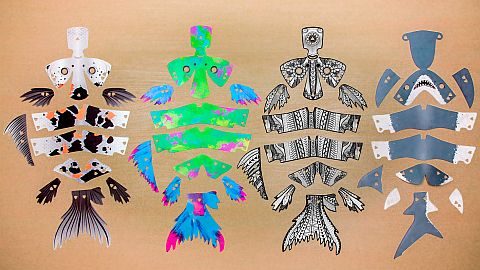
The product launches with one model of a fish with a variety of skins available, so it can change color, species, and even take on entirely new forms, unleashing the creativity of the maker. The model takes a couple of hours to complete and helps adults reconnect with their innate urge to be creative and encourages us all to prioritize recreational time.
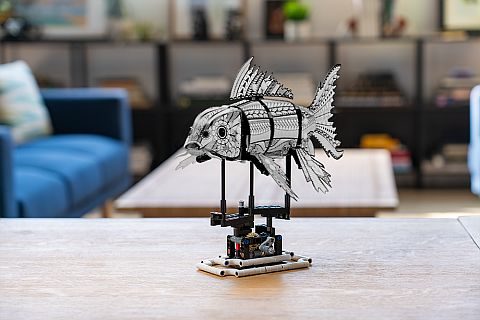
Created as a limited short-run batch only, the pilot is primarily designed to learn whether there is an appetite and market for the product, more so than driving revenue.
Natasha Raja, VP of Marketing at Indiegogo adds: “Our platform brings some of the most efficient techniques used for startup research and open innovation to companies like the LEGO Group, who through our collaboration will be able to iterate and validate product offerings in real-time, with real users and real transactions.”
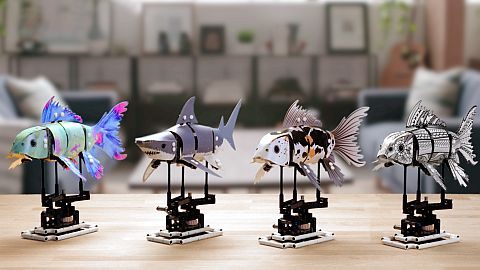
Here is a video introduction of LEGO FORMA from the Indiegogo page. It is particularly interesting as you can see the movement of the fish.
And here are some additional fun facts about LEGO FORMA that was provided in the press-release:
- 16 concept skins were explored before selecting the four final skins
- The model and different skins have been tested among adult consumer focus groups, fans from the LEGO Ambassador Network and LEGO employees outside the project team
- The LEGO FORMA project team consists of four people. Kari, Anne, Harald & Mikkel
- The extended project team consists of 25+ people
- Harald, the designer of the model, is left handed which is reflected in the way you turn the handle
- This is the first time the LEGO Group works with a crowdfunding platform
- Creative Play Lab works from four different locations: Billund, Singapore, London and Los Angeles
- 91% of adults say play is good for their own wellbeing
- 86% of adults say play helps them de-stress and unwind
- 87% of adults say construction toys such as the LEGO bricks help them be creative
- 76% of adults say construction toys such as the LEGO bricks appeal more to them than other forms of play
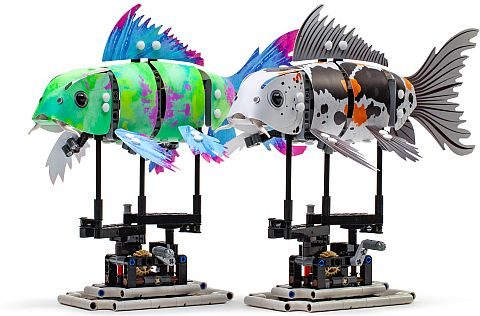
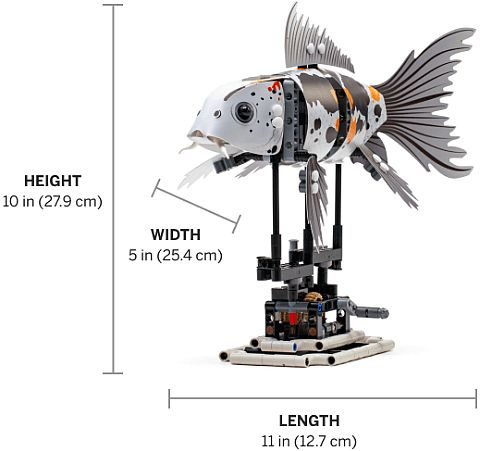
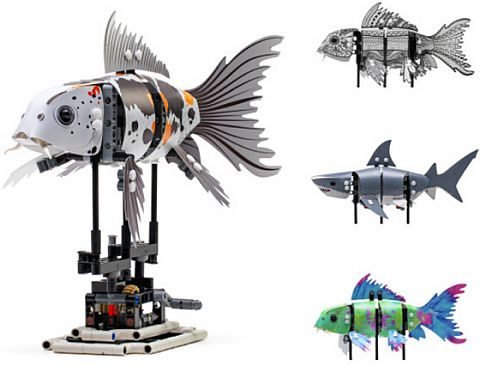
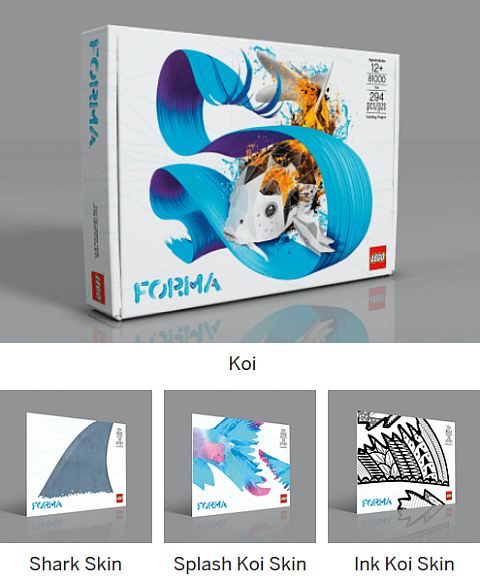
For more information about LEGO FORMA and the Indiegogo campaing, you can visit the LEGO FORMA Indiegogo page. It includes everything from more product information, how the campaign works, the different perks for backers, etc. See: Indiegogo.com/at/FORMA.
What do you think? How do you like the idea of LEGO turning to crowdsourcing platforms to judge interest and get support for interesting project ideas? And what do you think of LEGO FORMA? Feel free to share and discuss in the comment section below! 😉
And you might also like to check out the following related posts:


